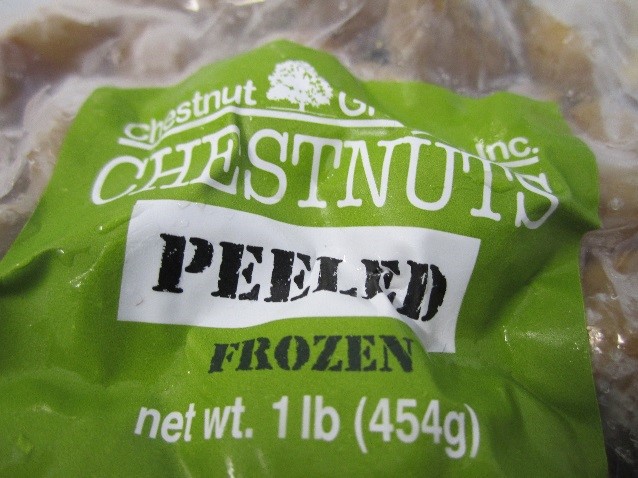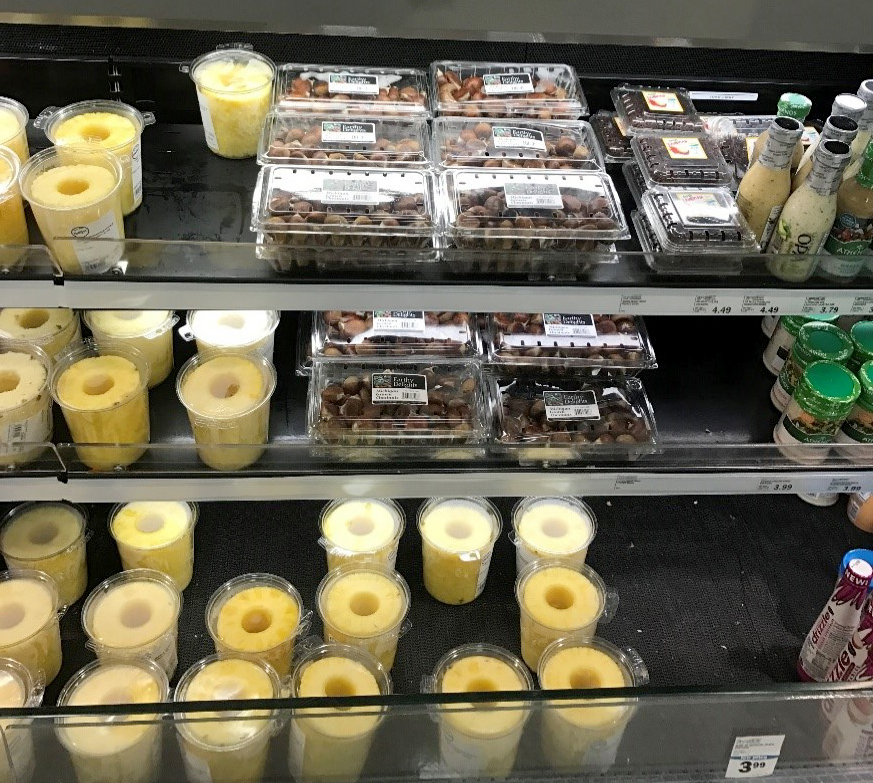What’s the difference between horse chestnuts and sweet chestnuts?
Chestnuts are a delicious staple to many meals, but some types are toxic and shouldn’t be eaten.

Chestnut is one of the world’s most popular and unique nut-bearing trees. Fresh chestnuts contain vitamin C and are much lower in fat than other nuts and contain twice as much starch as a potato, earning the chestnut tree the nickname “bread tree” in some regions of the world. Chestnut acreage in the U.S. has increased substantially over the past 30 years and Michigan boasts the largest number of growers and acreage in the United States. Michigan residents can benefit from our region’s agricultural diversity and often find Michigan chestnuts seasonally at local grocery stores, in roadside stands and at farmers markets.
Chestnut trees are found naturally in the landscape, in green spaces as ornamentals and are also planted in orchards for nut production. Edible chestnut species found in Michigan include the American chestnut, Chinese chestnut, Japanese chestnut, European chestnut and chinquapin. Consumers should be aware that the term “horse chestnut” is sometimes used to describe an unrelated tree in the genera Aesculus; trees in this genus may also be referred to as buckeyes. Trees in the genus Aesculus produce toxic, inedible nuts and have been planted as ornamentals throughout the U.S. and are sometimes incorrectly represented as an edible variety.

Edible chestnuts are easy to tell apart from unrelated toxic species like horse chestnut or buckeye. Edible chestnuts belong to the genus Castanea and are enclosed in sharp, spine-covered burs. The toxic, inedible horse chestnuts have a fleshy, bumpy husk with a wart-covered appearance. Both horse chestnut and edible chestnuts produce a brown nut, but edible chestnuts always have a tassel or point on the nut. The toxic horse chestnut is rounded and smooth with no point or tassel.
Quality, curing and season
The value of a chestnut is based primarily on its size and most nuts are sold fresh in the shell. Smaller quantities are available peeled and frozen or in value-added forms like chips, flour and slices. Chestnuts require a two- to three-week curing process to achieve maximum quality and sweetness. Chestnuts purchased from the store should have already undergone the curing process and should be ready to eat. Stores should be holding whole chestnuts under refrigeration for maximum quality. If you are purchasing chestnuts from a roadside market, be sure to ask if they have been cured. If you are collecting at a u-pick operation, it will be necessary for you to cure them yourself.

During the curing process, starches in the nuts convert to sugar, making the chestnut taste sweeter. The best way to cure the chestnuts is to take time and store them just above freezing (32-40 degrees Fahrenheit) in your refrigerator for a couple of weeks. This longer, refrigerated curing process will increase their storability. The quickest way to cure chestnuts is to store them at room temperature for a few days; however, room temperature conditions will also dehydrate the chestnuts and so they will need to be consumed in a timely manner.
When selecting cured chestnuts at the store or market, consumers should inspect them carefully for quality just you would inspect a banana or pear. A ripe chestnut should have a slight give when squeezed, indicating they have been properly cured. A rock hard chestnut may require more curing time. A chestnut shell with a great deal of give indicates it is past its prime and has become dehydrated or has internal disorder. Lastly, when purchasing chestnuts, be sure the store or market is storing them in a chilled environment for maximum quality.

When you get your chestnuts home, keep them cold but do not let them freeze (Due to their sugar content, chestnuts do not freeze until 28 F or below.). Store them in the produce compartment of your refrigerator where well-cured chestnuts can last for a few weeks. Ideally, place them in a plastic bag with holes made with a fork or knife to help regulate the moisture levels. If nuts are frozen, use them immediately after thawing.
Preparation
The most recognizable and simple method of chestnut preparation is roasting. Chestnuts may be roasted in the oven, over a fire or even in the microwave. To roast chestnuts, be sure to score through the shell to ensure steam can escape and to prevent a messy and loud explosion. Scoring halfway around the equator works very well. Generally, it takes around 20 minutes in a 300 F oven.
For microwaving, the time can be as little as 2 minutes. Cook times can vary by microwave and oven, so some trial and error may be necessary and wrapping several nuts in a wet paper towel before microwaving works well. You can also try roasting them over an open fire or grill—though technically nestling them in the embers is best to prevent scorching. Depending on the temperature of the embers, this process can take anywhere from 15-30 minutes.
Cooked nuts should be tender, sweet and peel easily. Be sure to allow the chestnuts to cool before handling.
Remember, chestnuts aren’t just for roasting. Chefs around the world recognize their unique characteristics and produce delicious soups, pastas and spreads using this unique nut. Search online or in cookbooks to see how you can use this local food in your recipes!
For more information on Michigan produce, recipe ideas and preservation information, visit the Michigan Fresh page from Michigan State University Extension.



 Print
Print Email
Email


